When we think about mermaids or sirens, it is probable that our minds evoke the image of beautiful creatures, half woman, and half fish. However, it was not always like this. In their origins, in mythologies and popular folklore, they were associated with perilous events.
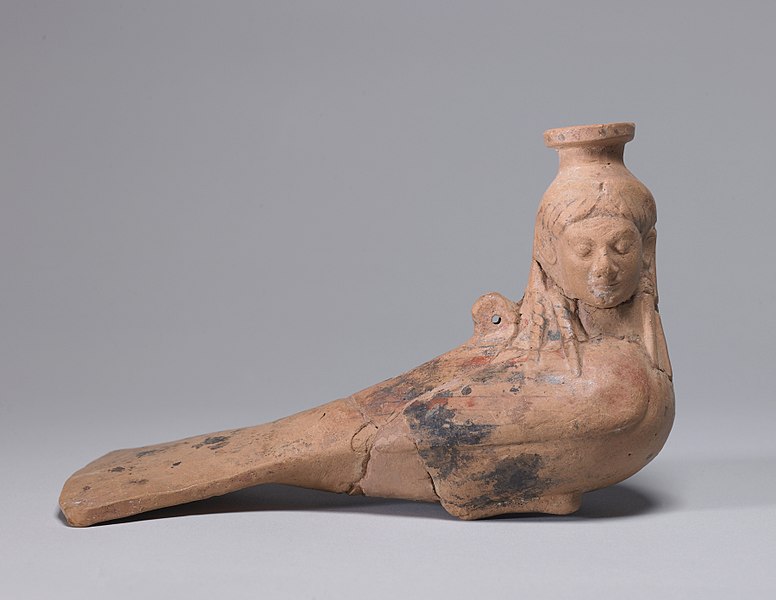
The mermaids appear in the folklore of many cultures worldwide. They are aquatic creatures with the head and the upper body of a female human and the tail of fish. In the West, the conception of mermaids may have been influenced by the sirens of Greek mythology, in which the sirens were dangerous creatures, they lured the sailors with their enchanting music and voices to shipwreck on the rocky coasts of their islands.
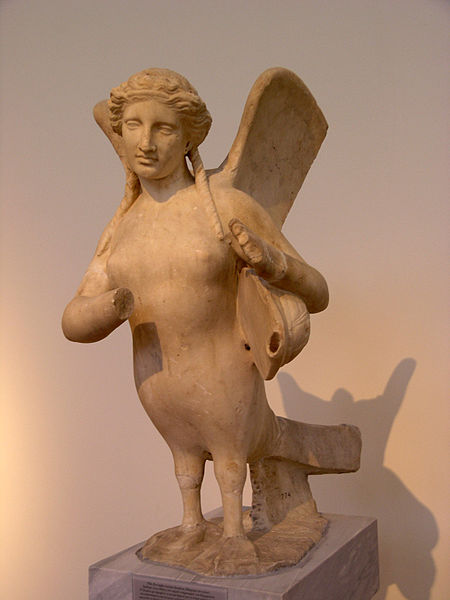
Plato said that there were three kinds of sirens: the generative, who were under the government of Poseidon; the purificatory or cathartic, under that of Hades; and the celestial, of Zeus. When the soul is in heaven the sirens seek to unite it to the divine life of the celestial host; when it is in Hades, they seek to conform the soul to eternal infernal regimen; but when on earth, they “produce generation” of which the sea is emblematic.
According to Roman poets, the sirens lived in some small islands called Sirenum scopuli. To some traditions, the literal geography of the island is fixed, however some of them believed to be the Cape Pelorum and others the Sirenuse, an island near to Paestum, or even Capreae. All the options are islands surrounded by cliffs and rocks.
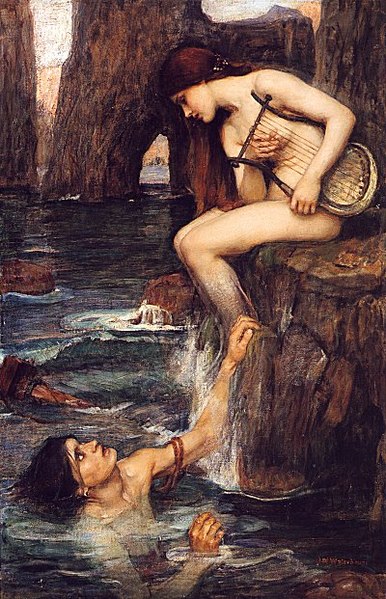
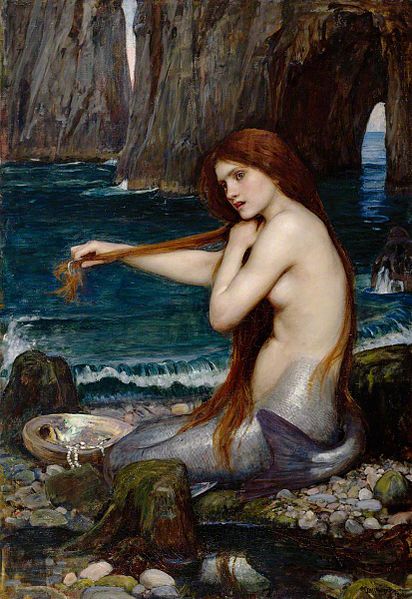
Sirens appear in some of the most famous myths of ancient Greece; for instance, they were the companions of Persephone when she was raped by Hades, they also appeared in the Argonautica and in the Odyssey.
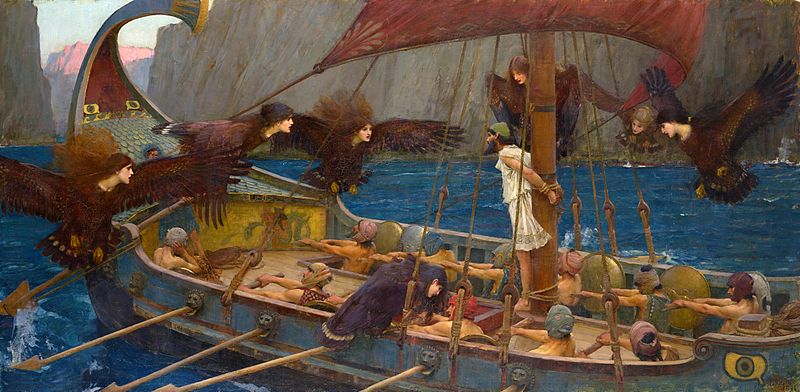
In Art
Since ancient Greece sirens are a common artistic subject. However, the way of they are depicted changed with the time. To the ancient Greeks the sirens looked like a combination of women and birds in several different forms. There are several examples in early Greek art of sirens represented as birds with women’s heads, feathers, and scaly feet. Later, they were represented as female figures with birds’ legs playing a variety of musical instruments such as harps or lyres, but not always with wings.
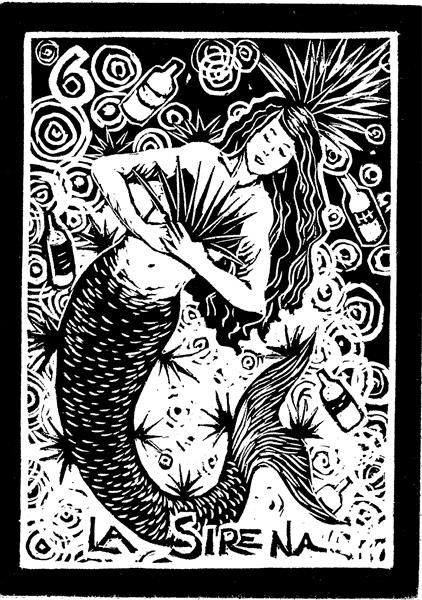
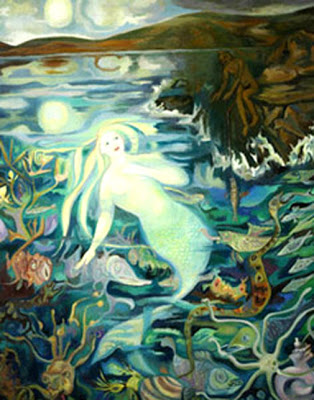
When the pagan faith was overtaken by Christianity in the 4th century, the belief in the existence of magical creatures such as the sirens was discouraged. However, they continued to be used as a symbol for the dangerous temptation embodied by women in Christian art of the Medieval era.
It is during the Middle Ages, when the figure of the mythological siren of ancient Greece acquired a more seductive aspect, losing the “dangerous” physical traces, closer to the image of a mermaid that is familiar to us. In the Renaissance, the term was used to refer to female court musicians, known also as courtesans, who filled the role of unmarried companion and musical performers, a behaviour that was considered immoral. They were seen as a creature who could control men’s reason.
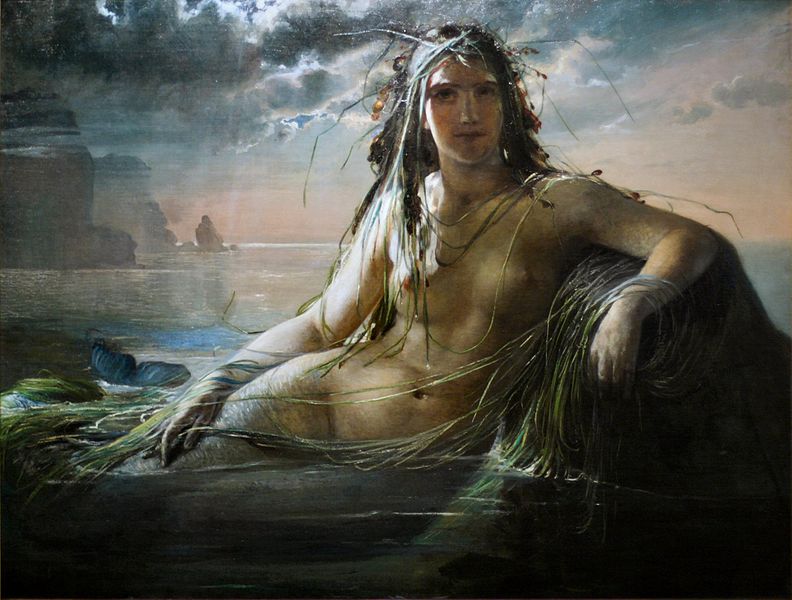
According to some scholars, the figure of the mermaid, this seductive, female creature, who has the power to control men’s reason developed until lose all the physical traces of the mythological being to become into the femme fatale.
Mermaids and sirens continued to be a popular subject of art and literature in the recent centuries, such as in the classical fairy tale The Little Mermaid (1836) by Hans Christian Andersen, or in the paintings of 19th century, since classical mythology was a source of inspiration to artists.
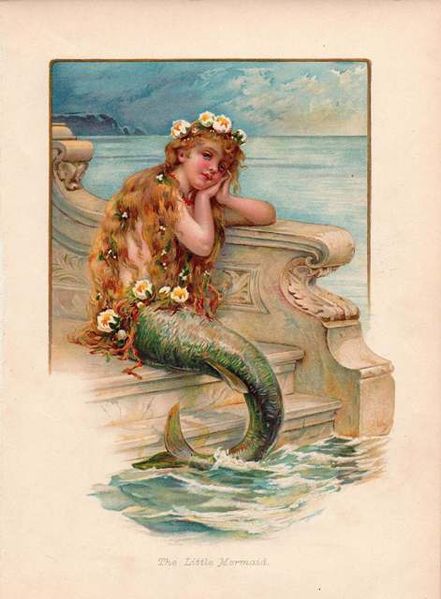
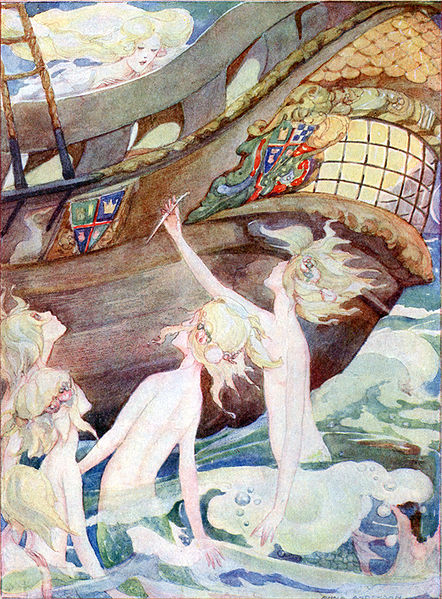
Most of the works created by women artists on this subject, represent the sirens as beautiful creatures, half woman half fish. However, I find very interesting that the artist Kiki Smith represented in both forms. In one she chose to represent closer to the ancient description, the sirens are half women half birds; and in the other is half baby half fish, but even in this last one, the reference to ancient sculptures is evident.
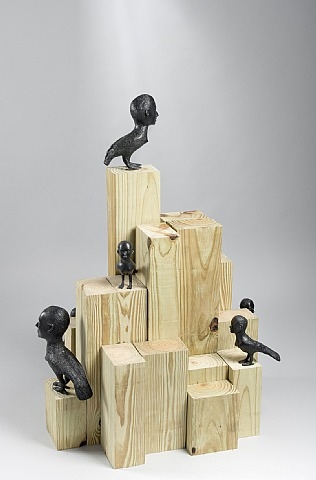
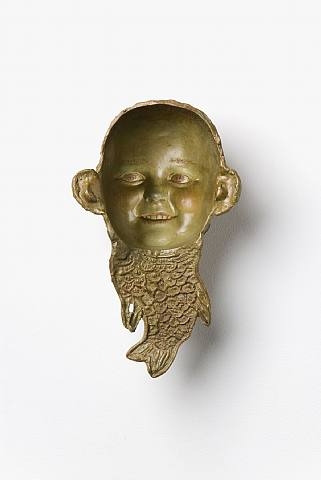
Curiosities:
- The male equivalent to the mermaids is the merman, a familiar figure in folklore and heraldry. Although traditions about mermen are less common. Sometimes is used the terms “merfolk” or “merpeople” to refer to female and male collective.
- In some cultures, the mermaids can either be a dangerous or a benevolent creature.
- In art depictions, they could be male or female, but the male sirens disappeared from art around the 5th century BC.
Refences:
- Ovidio. 2015. Metamorfosis. Cátedra. Madrid. España.
- Greek Mythology
- Greek Legends and Myths
- Wikiart (Sirens – Mermaids)
- Wikipedia (to some images: sirens – mermaids)

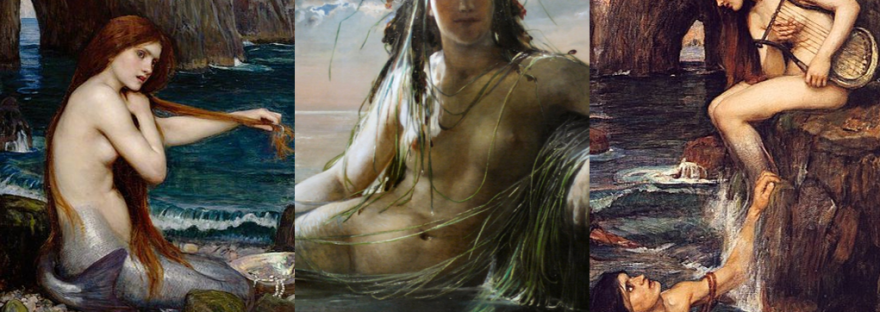







You must be logged in to post a comment.